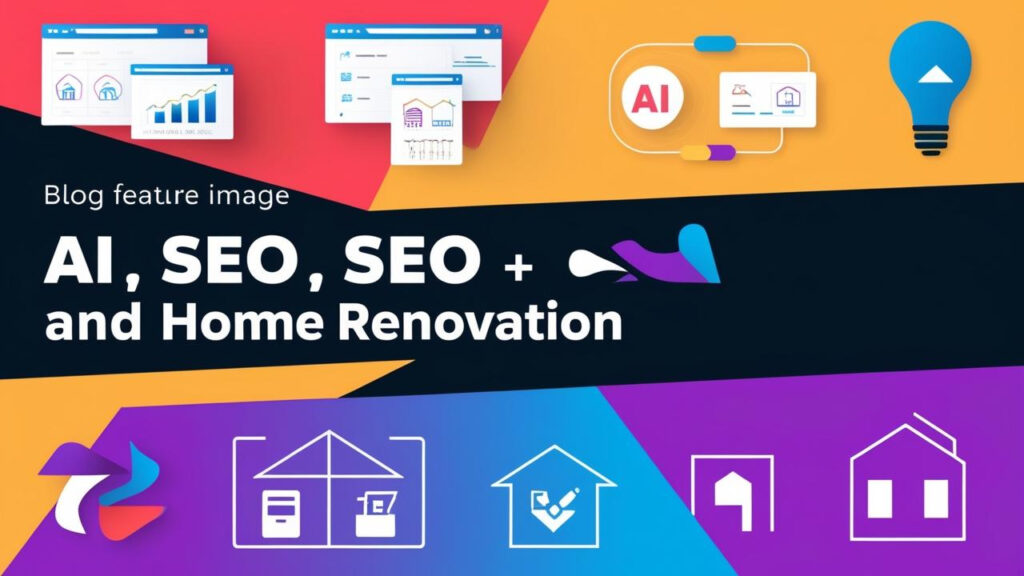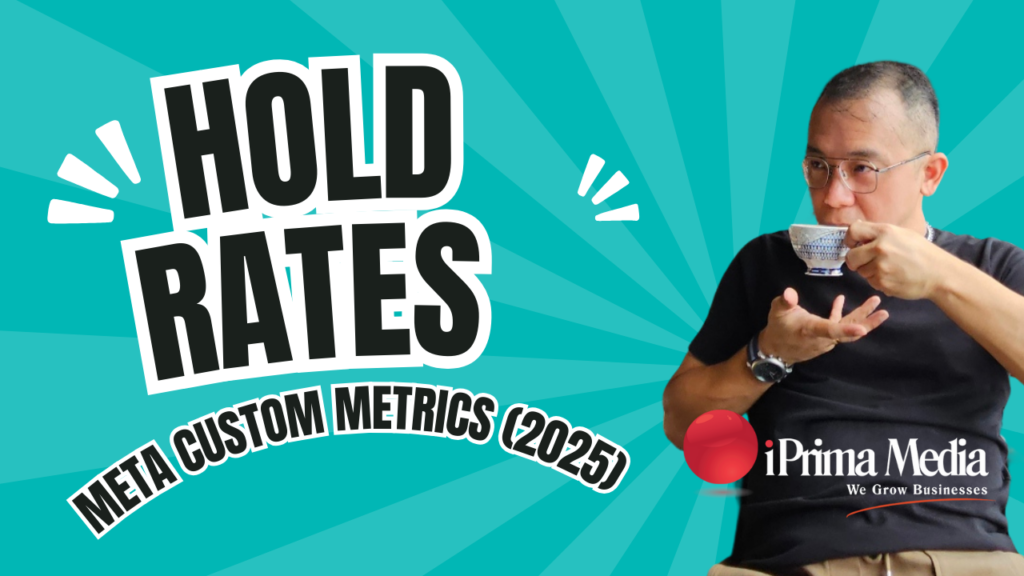More people are shopping online nowadays; advertising plays an important role in driving brand awareness and generating revenue. Businesses are trying to stand out by increasing their advertising on digital platforms. But, ineffective ad campaigns can result in wasted ad spend, where businesses fail to achieve their desired returns on investment.
In a survey by Rakuten Marketing, marketers estimated they had wasted 26% of their budget on the wrong marketing strategies and platforms. Waste ad spend is a common problem many marketers face in the marketing industry. You wouldn’t want to become one of the victims.
To maximize the impact of your advertising efforts and reduce wasted ad spend, it is important to apply effective marketing strategies that optimize your ad spend. There are many ways to make sure your ads reach your target audience. So how can you reduce wasted ad spending? We will discuss it in this article to increase the efficiency of your advertising campaigns.
Reduce Wasted Ad Spend #1 – Target Specific Audience

Not everyone wants to buy your product or service. Without a clear understanding of who you want to reach and what you want to achieve, your ad spend may be wasted on reaching the wrong people or failing to generate the desired outcomes.
Besides, you need to pay more to reach more people when you target a broad audience, and only a small percentage of people will buy from you. When you have identified those likely interested in buying from you, you will spend less and get a higher proportion of conversions. You need to focus on quality over quality to prevent waste ad spending.
Conduct market research to understand their demographics, preferences, behaviors, and needs. Identify key characteristics such as age, gender, location, income level, and buying habits that align with your product or service offering. It will help you to identify your target audience.
Once you clearly understand your target market, segment it into distinct groups based on shared characteristics. Segmenting allows you to tailor your advertising messages and strategies to specific audience subsets. You may create separate campaigns for different age groups or geographical locations.
Reduce Wasted Ad Spend #2 – Reach Customers In The Right Locations At The Right Times

Whether it is Google Ads, Facebook Ads, or other ad platforms, they will try to show your ad to as many people as possible by default. You need to change your ad’s setting to target specific geographic locations, or your ads will be shown to people in regions you don’t serve. If the location is important for your campaign, set it up when setting up your ad.
One common mistake most marketers may make is targeting the location as a keyword rather than the people living in your target area. It will end up showing your ad to people searching for information such as the location's history.
Location is getting important in digital advertising as most of us are using our smartphones to search for goods and services on what to buy and where to go.
The timing of your ads is also important, depending on the goals of your campaigns. It is a good way to reduce waste ad spending when you allow your ads to appear only during optimal times. It helps you to save on your advertising budget.
If your goal is to get your potential customers to go to your physical store to purchase or call your business during office hours, you may not want to show your ads when your business is closed. Unless you have 24/7 customer service, you might not want to run your ads during the night.
If your ad campaign aims to get users to register for a webinar or make an online purchase, then it doesn’t matter what time the users see your ad. If you are unsure about the timing, take a look at your metrics at the end of your campaign to see when your ad gets the most engagement.
Reduce Wasted Ad Spend #3 – Advertise On Right Channel

Choosing the most suitable channels based on your target market’s preferences and behavior ensures that the right people see your ads. There are many channels for your ads, such as search, social media, and websites.
Gain a deep understanding of your target audience’s media consumption habits and preferences. Determine which channels they frequently use to gather information, entertainment or make purchasing decisions.
Consider researching different advertising channels to understand their reach and demographics. Analyze data and statistics from channels, industry reports, or third-party research. If you are selling products related to business, Linkedin may be your best channel. For lifestyle products, Facebook may be more appropriate.
Nowadays, people tend to use multiple platforms and devices. Some users start shopping on one device and will continue on a different one. To make the most of your campaign, you want to reach your target audience using multiple platforms and devices. Focusing on one channel may allow your competitors to swoop in when they move to another.
Consider using a cross-device marketing strategy to reach your target audience across multiple devices and platforms. Cross-device marketing allows you to reach your customers whenever they are ready to purchase.
Stay informed about industry trends, consumer behavior shifts, and emerging platforms. Continuously evaluate the performance of your campaigns and be willing to adapt and reallocate your ad spend to channels to get the best results.
Reduce Wasted Ad Spend #4 – Using The Right Keywords
Video Credit: Exposure NinjaUsing the right keywords is crucial for optimizing your ad spend and ensuring your ads are shown to the most relevant audience. People usually use specific terms to search for information that they want. If your search ad is what they are looking for, there will be a higher chance they will click on your ad.
To do that, you need to find out what people are really searching for. Conduct keyword research to identify your advertising campaign's most high-performing and relevant keyword. Plenty of free tools exist, such as Google Keyword Planner, Moz Keyword Explorer, or SEMrush. Find keywords with high search volumes, low competition, and relevant to your products or services.
Also, consider using more specific long-tail keywords. Usually, long-term keywords often have lower search volumes but higher conversion rates because they indicate a more focused and specific search intent. It will help you to target a more qualified audience and reduce wasted ad spend on irrelevant clicks.











